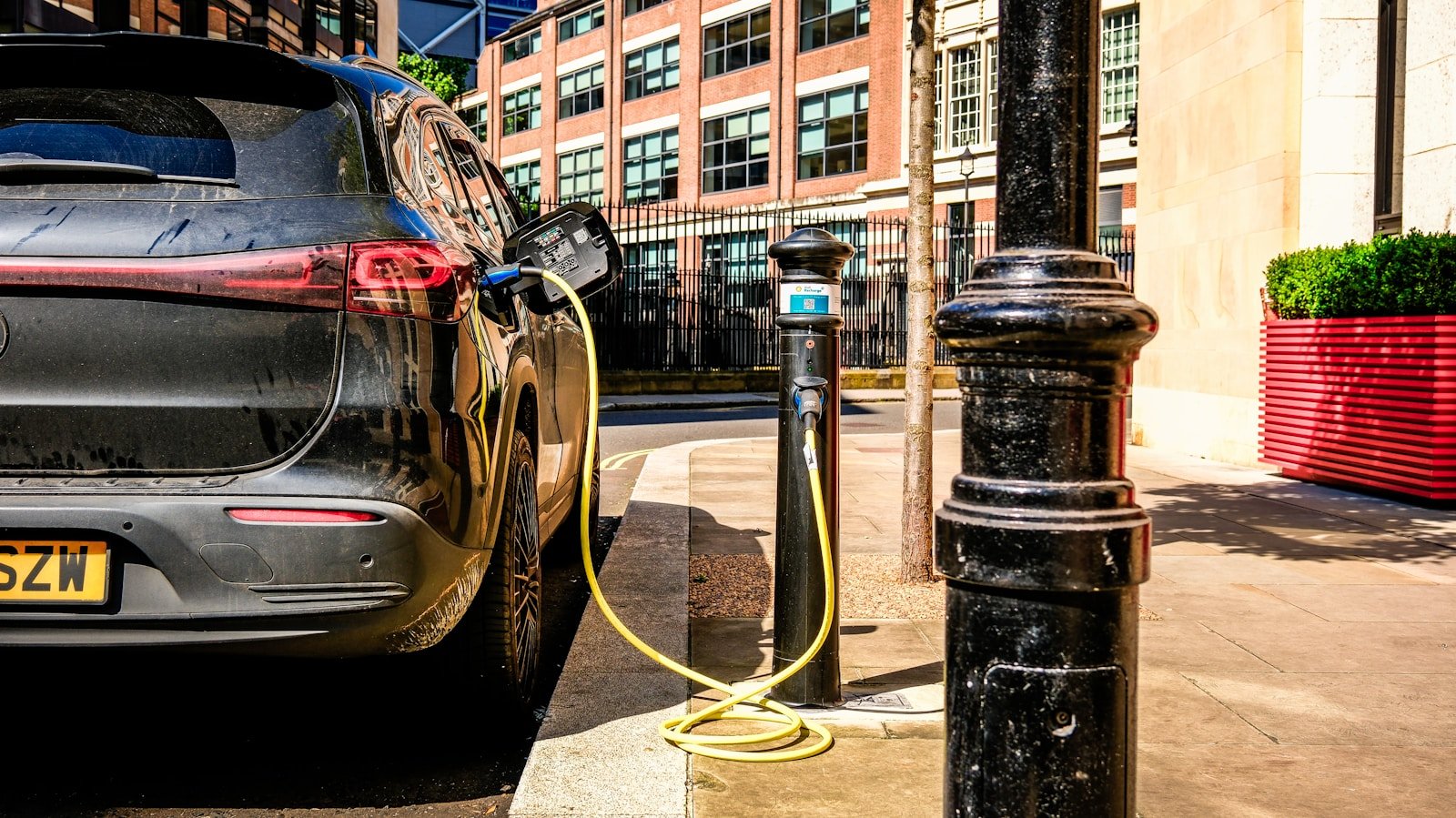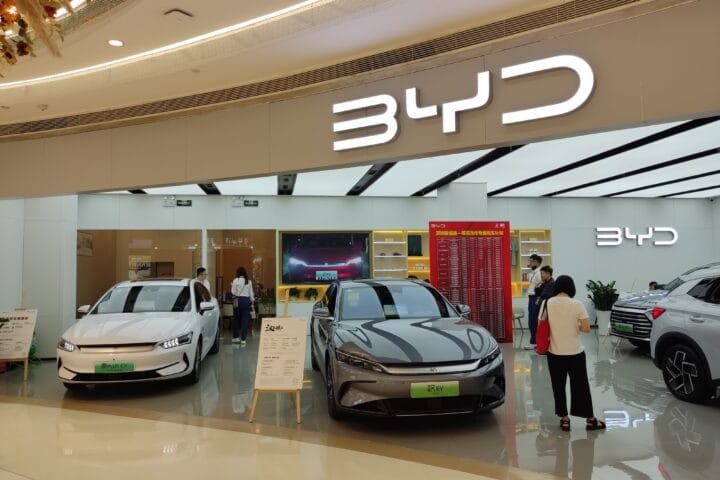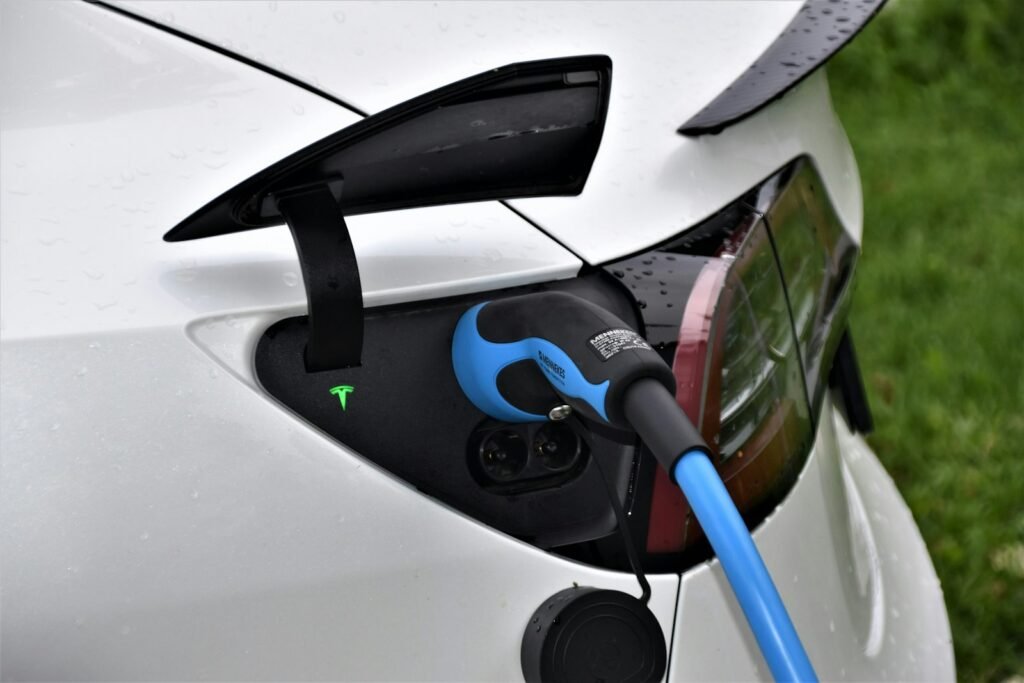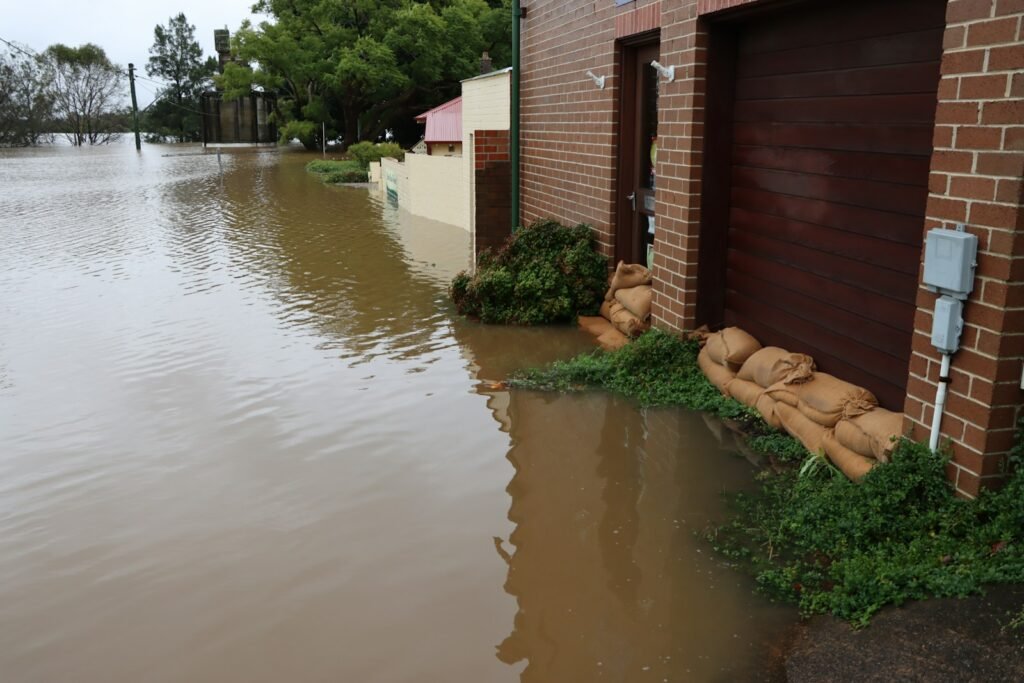Summary
Governor Newsom recently signed Assembly Bill 2427, which aims to enhance curbside electric vehicle (EV) charging access in California. This law is particularly crucial for residents in urban areas and those without private charging options. The bill requires state and local governments to develop permitting guidelines, but it lacks provisions for identifying optimal charging locations. CLEE’s EV Equity Initiative will work to provide tools for equitable curbside charging investments.
Highlights -⚡
- ⚙️ AB 2427 Signed: Governor Newsom signs a key bill for curbside EV charging.
- 🌆 Urban Focus: Targets residents in dense urban centers without home charging.
- 📜 Permitting Guidelines: Mandates development of model checklists and zoning ordinances.
- 🚧 Accessibility Issues: Addresses permitting complexities for curbside charging installation.
- 🏙️ Equity Initiative: CLEE’s initiative aims to ensure equitable charging access.
- 📊 Needs Assessment: Final bill lacks assessment of curbside charging needs in communities.
- 🔄 Building on Past Efforts: Complements existing charging permit streamlining programs.
Late last month, Governor Newsom signed Assembly Bill 2427, which represents a modest step in the effort to ensure all Californians have access to convenient electric vehicle (EV) charging, not just those who own their homes and have garages, by supporting efforts to invest in curbside EV charging.
As CLEE described in a report issued earlier this year, curbside charging will be a key tool for residents of dense urban centers, multifamily buildings, and homes that lack parking as the state pursues its ambitious vehicle electrification goals. Cities from Los Angeles to Portland to New York have piloted the strategy, and more like San Francisco are beginning to explore it. Curbside charging will be crucial for drivers–predominantly apartment-dwellers and lower-income renters–who lack access to private charging, but it also raises complex permitting, infrastructure, and accessibility questions that make it more challenging to install than off-street charging.
AB 2427 will help advance curbside efforts in California in two ways:
[…]
Read the full post at Legal Planet.





